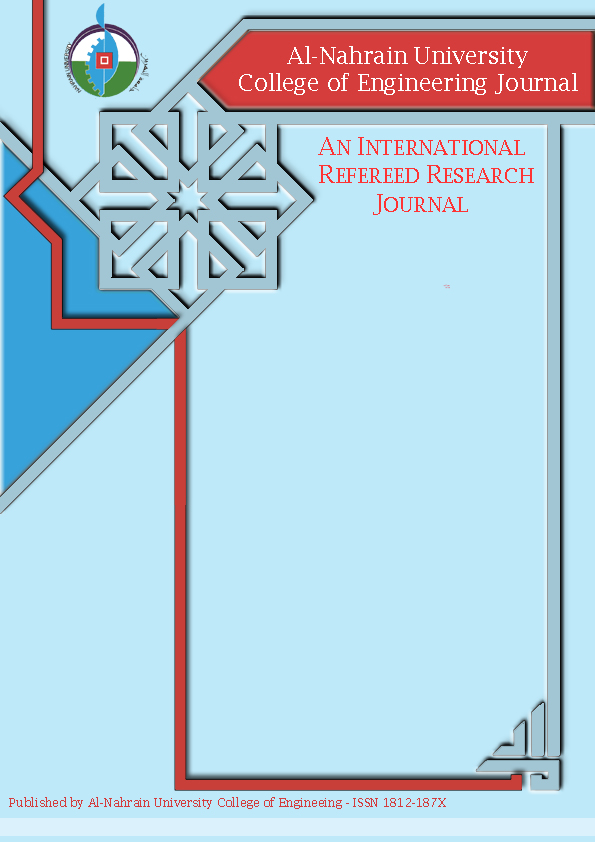Vibration Analysis of Prosthesis for the through knee Amputation
Keywords:
Socket, Gait cycle time, Interface Pressure (IP), Natural FrequencyAbstract
Prosthesis is an artificial extension that replaces a missing body part, lost by injury or missing from birth, or supplements, and a defective body part. Through-knee amputation should be considered as an alternative to trans femoral amputation. This work involves an experimental part to measure the Ground Reaction Force (GRF), and pressure distribution for both old and new prostheses. The interface pressure (IP) between leg and socket was measured by using F-Socket sensor. The natural frequency was measured using impact hammer test, while the vibration data (acceleration and frequency) are measured at the last stage for the patient at different positions during the gait cycle. The results show that the GRF for the designed prosthesis Gait cycle time in the left leg is equal to (1.50sec) and right leg is equal to(1.58sec). The maximum interface pressure (IP) is recorded in the Tensor fascia lata regions in the thigh part with (408KPa). Results show that the maximum vibration data was found at the thigh region with (2.09 and 2.66 Hz) for acceleration and frequency respectively. At thigh region for the old prosthesis and the maximum Vibration data was found at the thigh with (4.44 and 3.12 Hz) for acceleration and frequency respectively at thigh region for the designed prosthesis for the same person. From the hammer test, the natural frequency was found that for the first mode of the old prosthesis 33.2 Hz and for the designed prosthesis was 46.8 Hz.
Downloads
Downloads
Published
Issue
Section
License
The authors retain the copyright of their manuscript by submitting the work to this journal, and all open access articles are distributed under the terms of the Creative Commons Attribution-NonCommercial 4.0 International (CC-BY-NC 4.0), which permits use for any non-commercial purpose, distribution, and reproduction in any medium, provided that the original work is properly cited.









